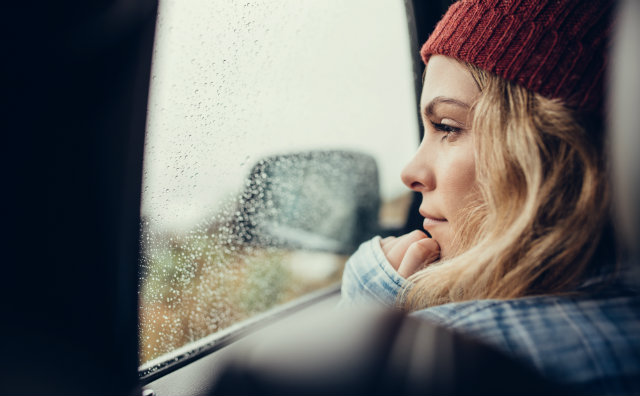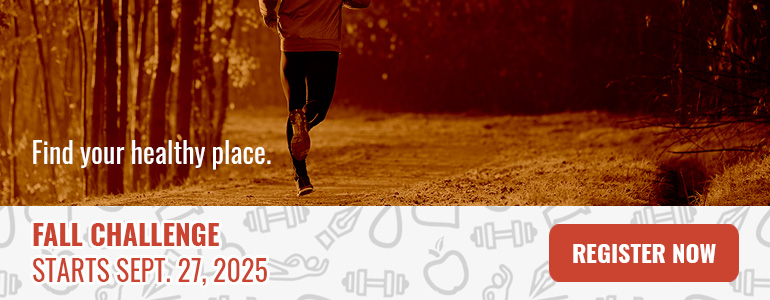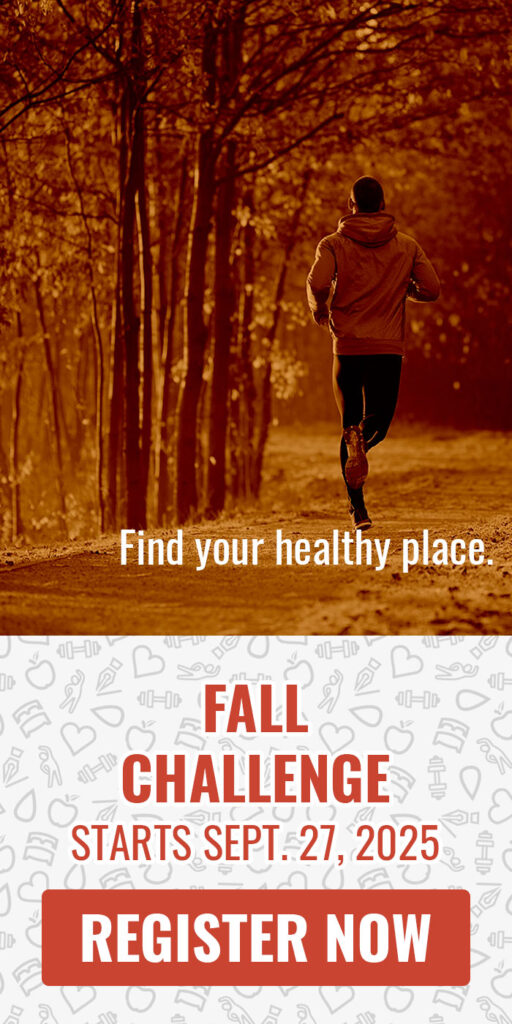 Reading Time: 6 minutes
Reading Time: 6 minutesSome people are steady-as-they-go types. I’m prone to trying new things. And the power of making my own choices somehow made it all feel less risky — until the day it didn’t.
Twice, my husband and I left our jobs and home to spend a year traversing the globe. In 2010, we moved to Colombia and ended up spending four amazing years there. And when we returned to the States, I jumped right back into the flow, working on a creative project with awesome people. Life was good!
Then, that company suddenly closed shop.
Most of the team moved on to an industry giant. That was not my jam. I decided to pursue a personal passion instead. I found contract gigs to keep me afloat. I tried several strategies to gain entry into my desired industry, but I was met with obstacles each time.
My previously sure-footed faith failed me. Life didn’t flow; it wobbled. The constant search for gigs while pursuing my dream was creating anxiety. I became tentative, questioning every decision I made.

According to the Cleveland Clinic, experiencing big changes or too many within a brief time period can create a perception that we are not in control of important events. This perception contributes to low self-esteem and even the development of anxiety or depression. When a single change throws us off kilter, it often doesn’t take us long to regain “control.” But when we’re knocked off our foundation, it takes patience and self-compassion to truly right ourselves.
Balance can be restored, though, and mindfulness provides us with one path to get there. If you’re using the new year as a way to regather (and feel like yourself again), then let me share with you how I reset my course for 2019.
1. Changing Thoughts Changes Reality
First, I paid attention to my thoughts and words. Yep, I was brooding on my “failed” career pivot and being really hard on myself. There is a saying, “Where attention goes, energy flows.” I was succumbing to negativity and dismissing the greatness in my life.
I noticed one word in particular was warping my reality: “should.” And the real negative power of that word was that it was subversively affecting my sense of self:
- I should be making more money (I’m a loser).
- I should have a larger network (I’m unimportant).
- I should be more dedicated (I’m lazy).
- I should be more skilled (I’m irrelevant).
- I should stick to what I know (I’m foolish).
According to Psychology Today, the word “should” undermines our ability to do what we want to do and causes a host of negative feelings: blame, guilt, anxiety, stress.
- Using “should” with ourselves is disempowering.
- Using “should” toward others provokes anger and resentment.
Once I realized all this, I vowed to stop using the word “should” — which was harder than I thought it would be. It’s surprising how often “should” is used in conversation.
So, since the best way to break a “bad” habit is to replace it with a “good” one, I started replacing “should” with “could” or “want to.” For example, “I should run three days a week” feels obligatory. If I don’t, I fail. (Plus, it goads me into rebellion.) Changing to, “I could run three days a week” means if I run twice, I own that; no guilt. I could run four times. Either way, it’s my choice.
This small adjustment helped me realize I was in control of much of my daily experience. I could grow my network. I want to learn a new skill. I could stick to my current career and grow my passion on the side.
Your Action Item: Notice how often you use “should.” What reaction does it conjure? Would it feel different if you tried “could” or “want to” instead?
2. Get Curious
Another part of my using mindfulness to reset my course was to stop taking things personally. I now choose to get curious.
Instead of jumping to conclusions about situations or people, I stopped assuming. I took the time to sit with my life’s roadblocks to gain perspective. I got quiet, took deep breaths, and asked myself: “What if this struggle is critical to my journey and my personal growth?”

To encourage myself to be less judgmental and more curious, I contemplate these questions:
- What would my compassionate self say to my critical self?
- Could any positives develop from this experience?
- How does the struggle make me a better person?
Struggles are essential. They provide us with new perspective. Often, that “wrong turn” steers us to new and positive possibilities. Obstacles remind us to let go of the urge to control everything.
Your Action Item: The next time you find yourself in a tug-o-war with life, stop and consider the underlying gift. Be kind to yourself and see if you can identify the value the experience may bring, even if it’s simply how to avoid something similar in the future.
3. Assessing Your Whole Life
Lastly, instead of obsessing on my profession pathos, my course reset involved taking on a well-rounded approach to assessing my life. I selected The Six Dimensions of Wellness, developed by Dr. Bill Hettler of the National Wellness Institute. The six dimensions of life examined in this tool are:
- Occupational
- Physical
- Social
- Intellectual
- Spiritual
- Emotional
In my assessment, I acknowledged the positives I experience in each area. Turns out, I am flourishing in many dimensions of life. Who knew?

Discovering this has helped me build energy and motivation to take on the areas of my life that score lower. And it’s helped me see how I can combine my passion with the different dimensions of wellness. I realized I could take courses and attend workshops to both build my network and put my passion into practice until the universe is ready to open the right door for me. (P.S. The universe did exactly that about a week after I “let go.” Out of the blue, a paid opportunity came to me with more ease than I could have imagined.)
When we dwell on negativity, everything in and around us is impacted. By looking for the positives, we embody more balance and strength. We are able to see how rich and multi-dimensional our lives are. Seeing these bountiful parts helps to offset the struggling parts.
Your Action Item: Review the six dimensions and list all the positives that make up your reality. Embrace the abundance. If you feel there is an area that could use a boost to keep life more balanced, explore steps you “could” take to fill in gaps.
Here’s to Flowing Through a Happier Year
Through awareness, mindful speech (to ourselves and others), contemplation, and self-compassion, we can steady ourselves when the unexpected hits. The “bad” stuff will always still happen — but when we get clear, curious, and positive, we keep on flowing.









